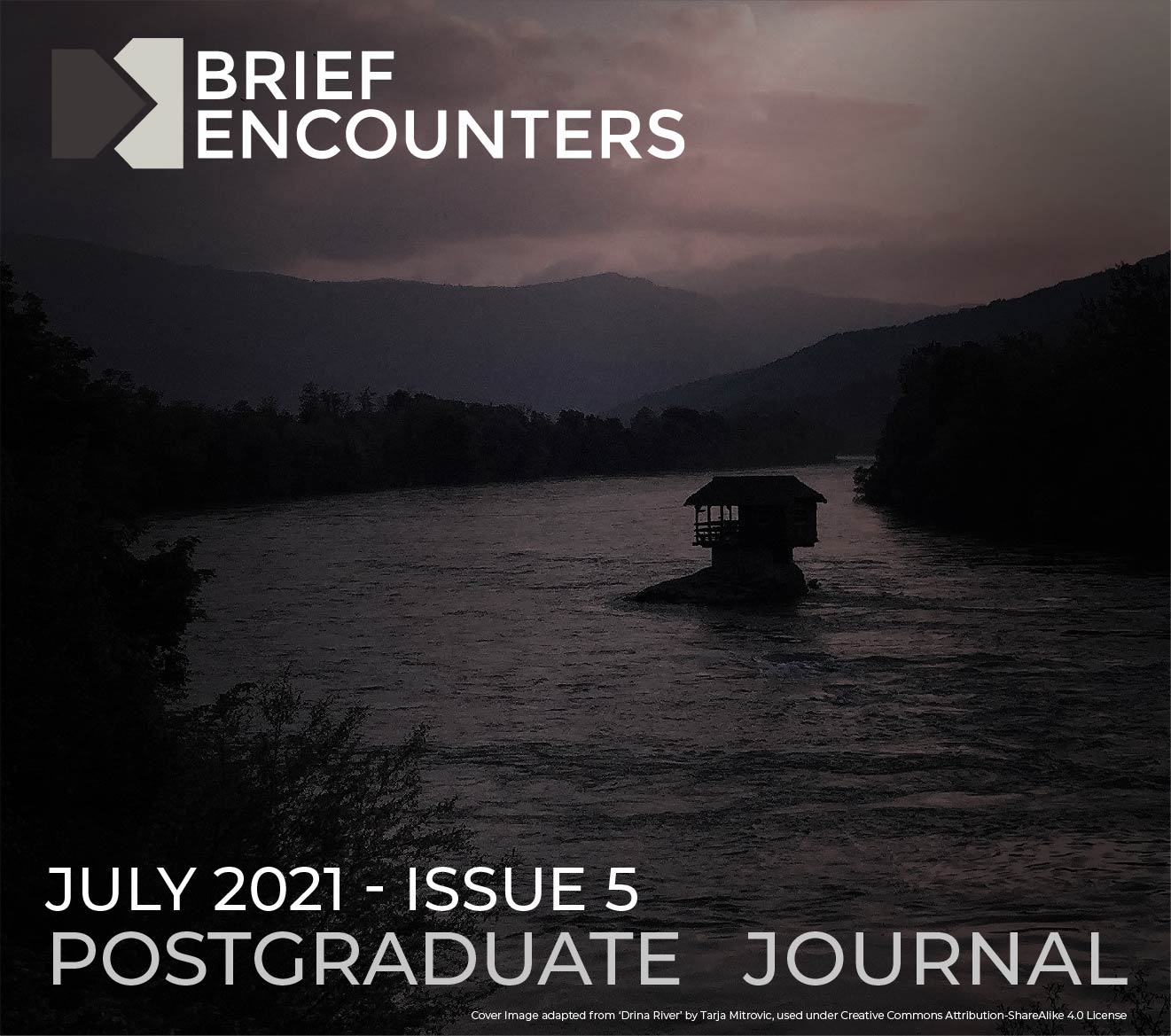Abstract
Vaginismus first entered medical discourse in 1861 when Dr J Marion Sims linked symptoms of vaginal hypersensitivity to muscular spasms. Today, vaginismus is similarly defined by the NHS characterised as an involuntary tightening of muscles around the vagina whenever penetration is attempted. Although these medical descriptions do not encapsulate every experience of the condition, it is generally agreed that the condition makes penetration near impossible, and very painful. The use of tampons, penetrative intercourse, cervical examinations, and other activities become sources of shame and fear for sufferers. Vaginismus is neglected as it is an underdiagnosed condition, which sufferers often must treat themselves, away from medical support. It is contested by doctors, who do not believe that there is anything wrong with the sufferer. By taking the experience of vaginismus as my starting point, I argue that the medical response to vaginismus is shaped by wider cultural perceptions about the believability of female pain. Female pain is viewed not as fact, but as a misinterpretation of bodily events. This article highlights the issues that surround the disbelief of female pain in relation to vaginismus, and how such perceptions might be altered.
Key words: vaginismus, sexual pain disorders, sexual practice, women's medicine, heteronormativity
How to Cite:
Haire, G., (2021) “When the Body Says No: The Experience of Vaginismus and the Validity of Female Pain”, Brief Encounters 1(5). doi: https://doi.org/10.24134/be.v5i1.262
Downloads:
Download pdf
View
PDF

